Buying property with little capital? NFT and Tokenization
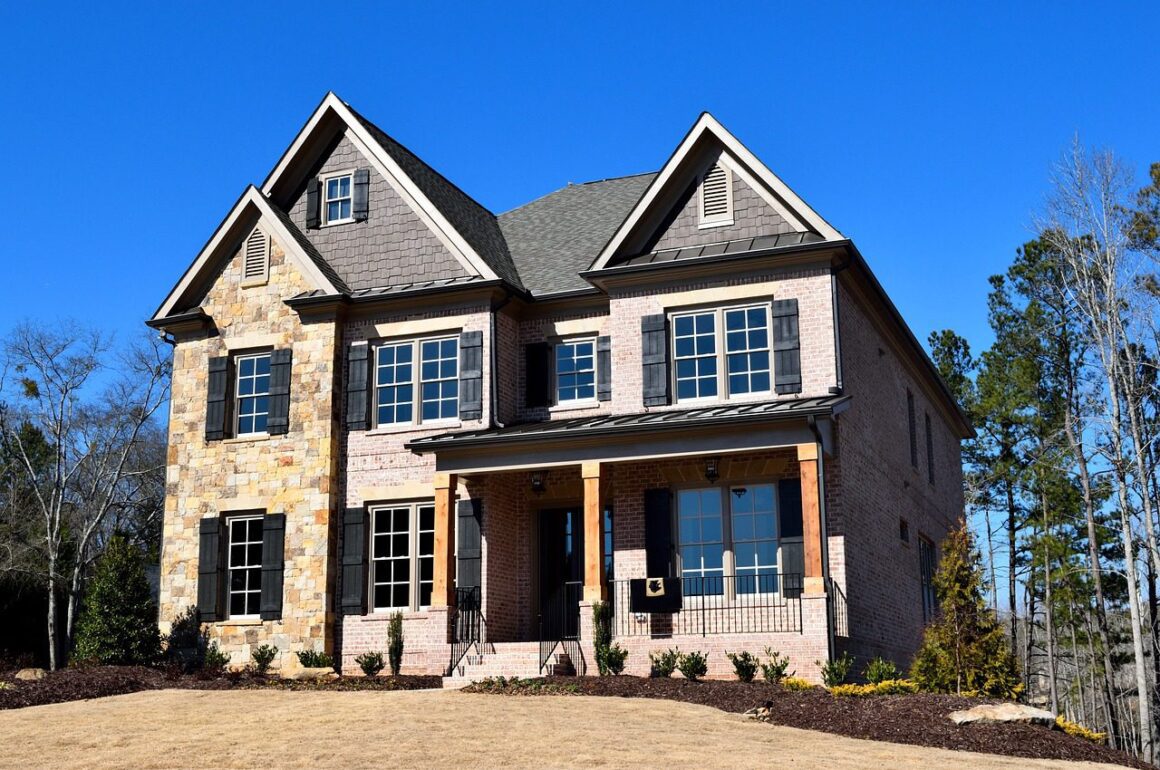
Until recently NFT were for us comical images of monkeys, teddy bears or other pixelated characters. The somewhat caricatured form under which the non-exchangeable tokens conquered the market dulled the vigilance of slightly more conservative investors – they simply did not take the innovation seriously. In the short run, this may have been prudent, but the initial image of NFTs may have distort the vision of the future of this innovative technology. It’s like ignoring ebooks at the beginning of their existence – today we already know how popular they have become.
The same may be true of non-exchangeable tokens, i.e. Non-Fungible Tokens (NFT). Contrary to appearances, tokens of this type do not have to be associated only with pixel art – or art in general, as this market has been the training ground for NFT technology. Meanwhile, use of non-exchangeable tokens is significantly wider.
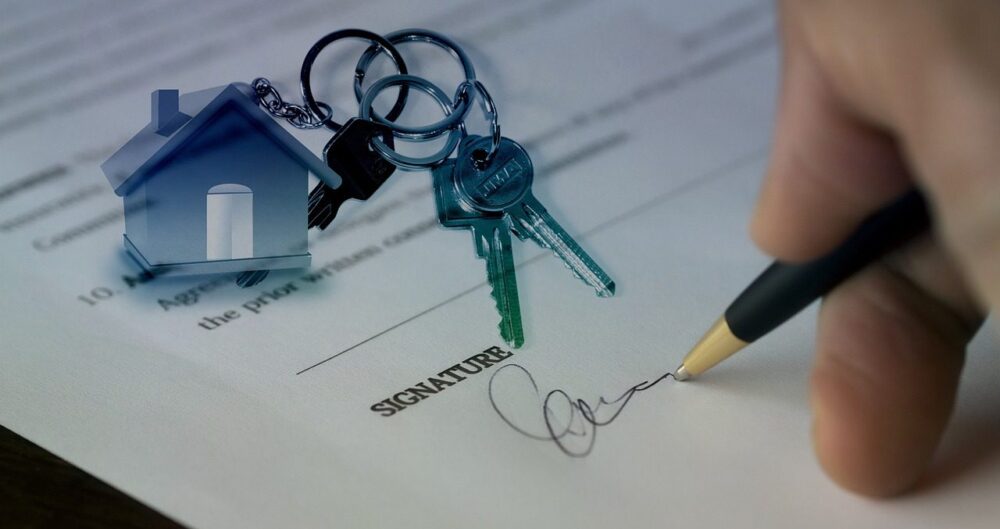
NFT tokens as proof of ownership
If one were to put the whole meaning of this innovation in two words, they would be “right” and “ownership” – or “proof” and “ownership.” The NFT token is precisely a digital proof of ownership and not just digital. Already during the recent boom of 2021-2022, NFT start-ups were experimenting with non-exchangeable (i.e., indivisible, non-counterfeit, one-of-a-kind) tokens that could be exchange for physical objects – T-shirts, for example.
However, the prospects in connection with this technology do not end with T-shirts, mugs or various other trinkets. Since the NFT token is unalterable, it can be applied in many aspects. Maybe identity card in the form of NFT? In this case, the data stored in the token would not be visible to unauthorized persons, while at the same time the authorized token itself would represent that “we are us.” Let’s also go back to the earlier two words – proof of ownership. NFT could be digital proof of ownership of anything. What could it be? E.g. real estate.
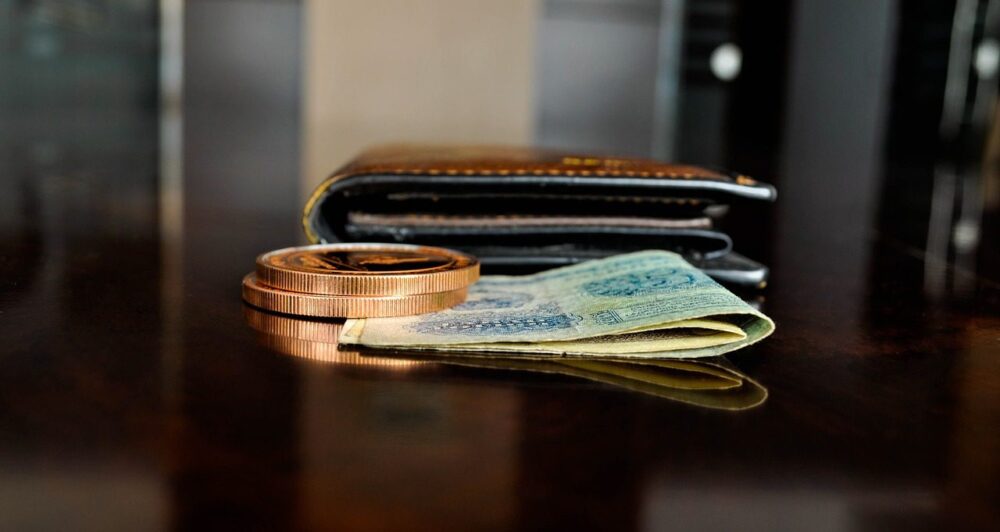
Tokenization – real estate investment accessible to all
It’s all about tokenization of assets and the possibility of fragmenting assets that until now have been hard to break down into smaller pieces. Among other things real estate are characterized by high entry threshold For small investors – it is not likely to be common for someone to buy, for example, 1 square meter of an apartment. All or nothing. NFT is changing that. This is changed by asset tokenization. With tokenization, one 100-square-meter apartment can be divided into 100 parts, each of which is represented by a single “proprietary” token.
Such a solution creates not only the opportunity to invest in markets previously reserved for wealthier individuals, but also an additional opportunity for capital-seeking entities – such as developers. The threshold for entry decreases, so small capital is freed up – small, but school of small fish can be more powerful than whale.





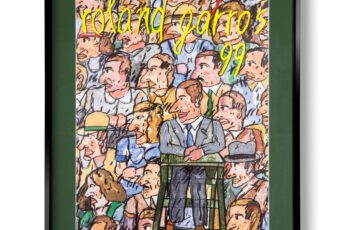

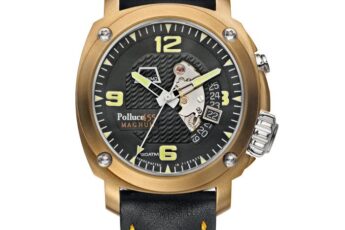
Leave a Comment